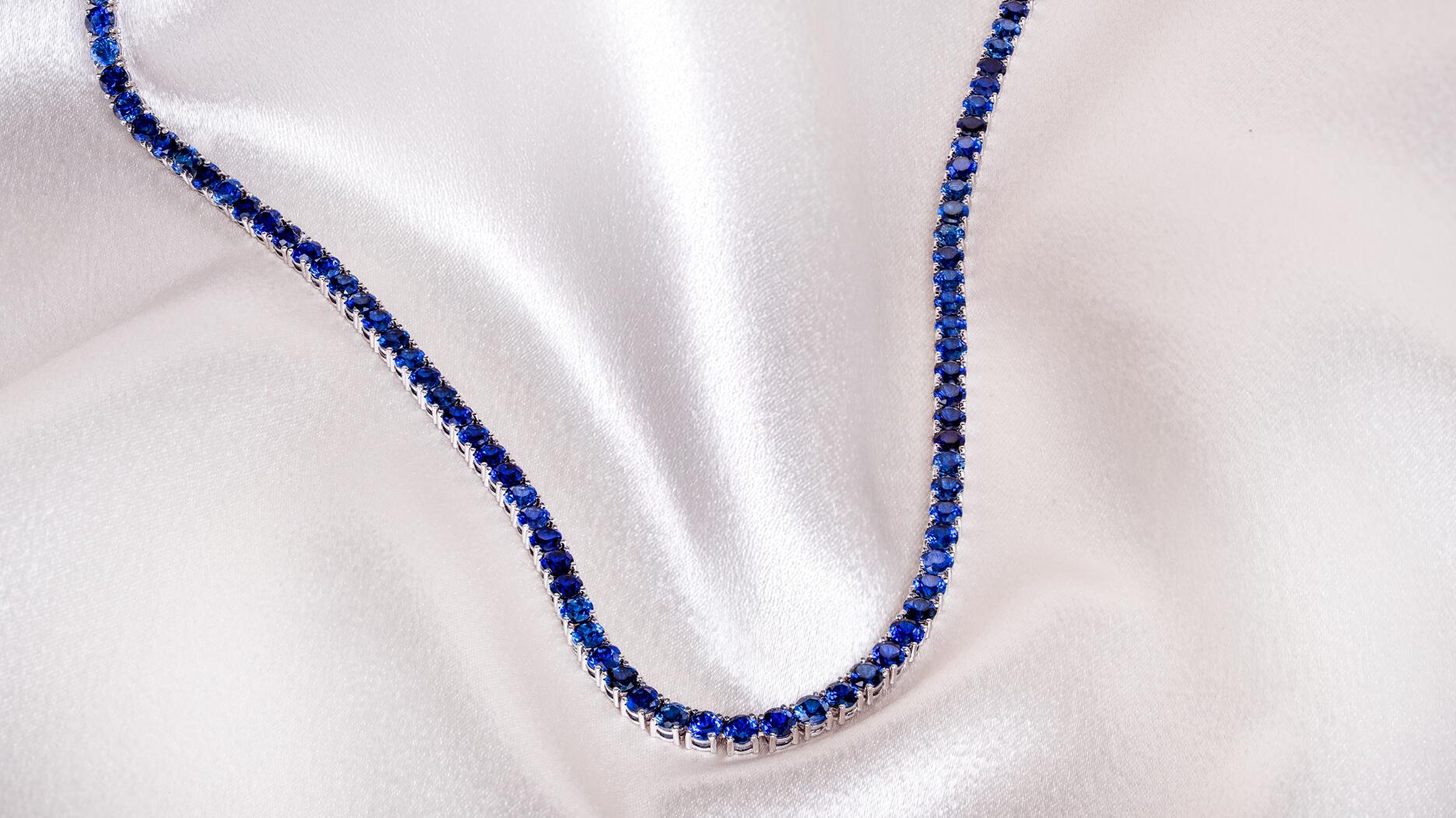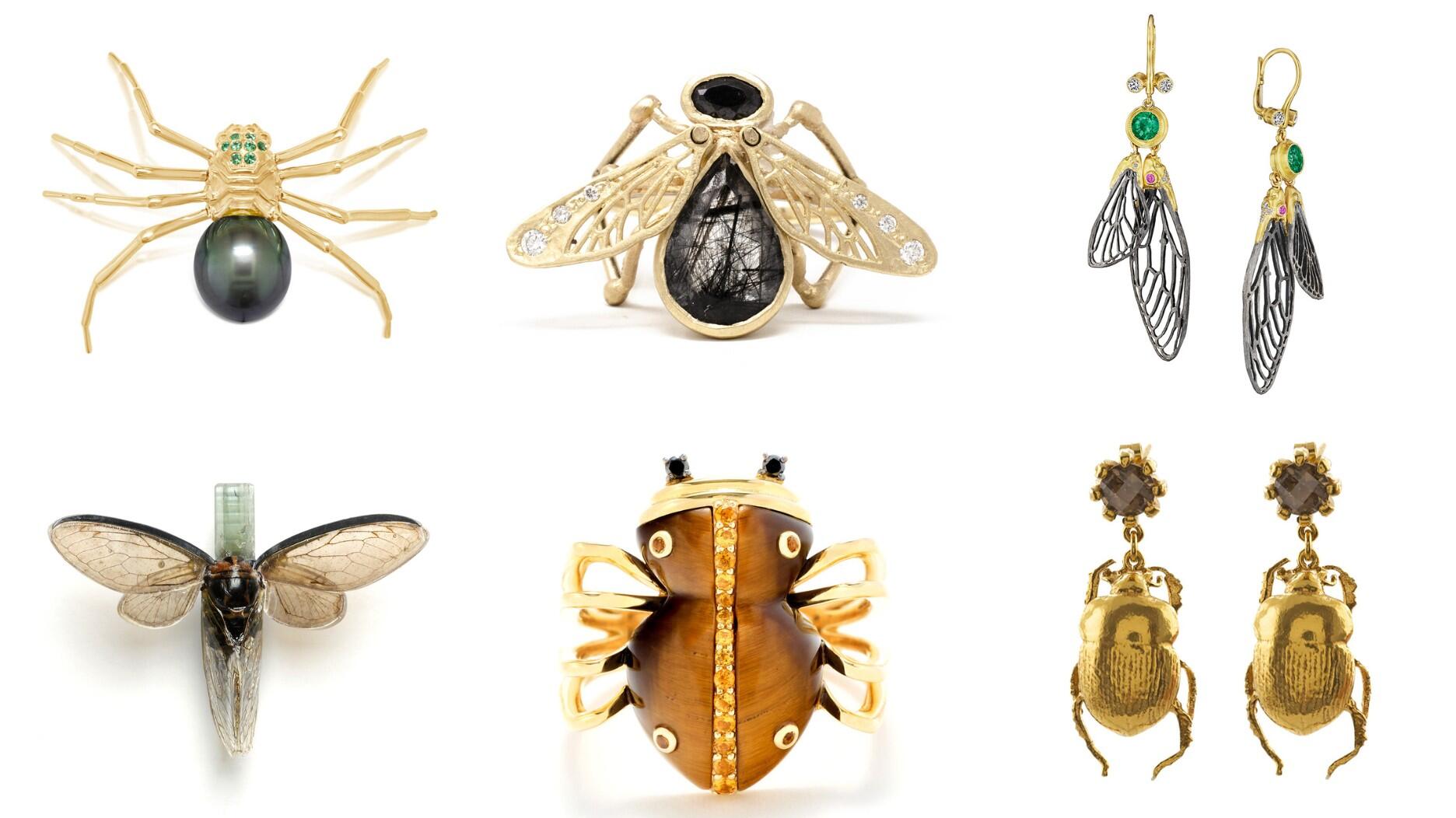Set in a Tiffany & Co. necklace, it sold for $4.2 million, the highest price and price per carat paid for a Paraíba tourmaline at auction.
T.I.A., Part 3: East Africa’s Changing Gemstone Market
As Tanzania and Kenya move to have the export of all rough banned, both will need to focus on growing their cutting industries. Associate Editor Brecken Branstrator talks to a few people who are playing a part in that.

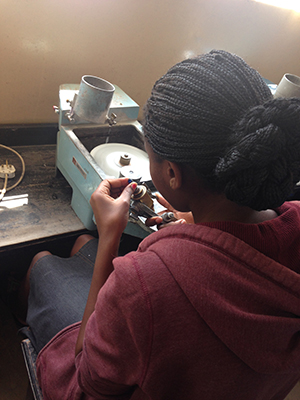
Both Tanzania and Kenya have made announcements that within the next few years (they’re aiming for 2018), both will ban the export of gem-quality rough. Rather, the gemstones will be cut before leaving the country in an effort to add value to the stones and boost the economy.
This is only one part of the change and development that many are trying to bring to the gemstone market in East Africa, but since it also played a part in our trip, I want to focus on this for now.
It’ll be interesting to see if both Tanzania and Kenya are able to meet the deadlines they’ve set for themselves.
Tanzania already has a law in place that no tanzanite rough larger than 1 gram (5 carats) can be exported from the country, so the country’s infrastructure is more equipped to handle such a change over a period of a few years--Tanzania has roughly 600 gem cutters, as well as a number of lapidary schools already established.
We visited one of these while we were there--the Arusha Gemmological & Jewelry Vocational Training Centre. It’s a small, independent vocational school run by Peter Salla, who was once a full-time trainer for TanzaniteOne. The school has graduated more than 800 students since its founding in 2000, nearly a third of which are women. While many of them pay tuition, Peter also looks for scholarship candidates, many times finding students who have come from very humble and difficult beginnings and wouldn’t have had the opportunity for such learning otherwise.
The center has two rooms, one of which is used as a classroom to teach students about grading and evaluating gems, and the other is set up for hands-on faceting work. When we went into the school, a handful of students were at work, dopping the stones with wax to the machines and practicing cutting marbles on various machines.
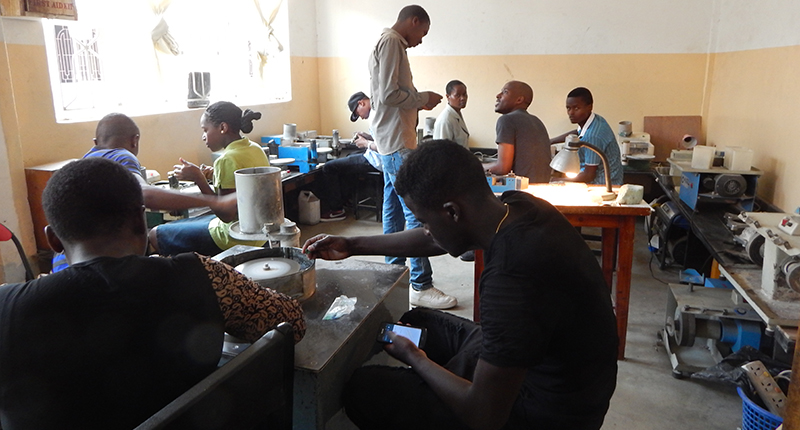
It’s clear that Peter works very hard to bring this skilled training to his students and is doing the kind of work that is needed if East Africa’s gemstone trade is going to grow and develop.
Kenya’s a little further behind its neighbor in establishing its cutting sector.
Roger told me that he estimates the country has somewhere in the range of 50 to 75 cutters. There also aren’t any lapidary schools operating yet, though the Kenyan government said last summer that it was investing some 30 million shillings (about $293,000) to set up a gemstone cutting center in Voi meant to create employment as well as adding value to the country’s stones.
While I was in East Africa, I also learned about a project that gemstone dealer and broker Gichuchu Okeno and Roger are establishing, along with jewelry blogger Monica Stephenson of iDazzle--a private lapidary center in Kenya designed to help provide training for the people there.
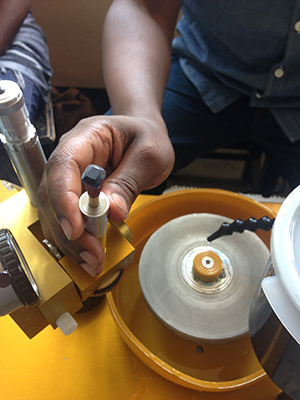
During our drive from the airport to the hotel on the first night we landed at Mt. Kilimanjaro, I had the chance to talk to Okeno about the challenges he’s seeing in the market and what he wants for the future. What continued to strike me about him then, and throughout the trip, was his sincerity in wanting to help others--not only wanting to elevate the gemstone market in East Africa into something sustainable, respected and valued for its quality stones but also wanting to create something that can provide opportunity for the population.
Roger and Monica obviously share the same hopes as they help build the gem community in a way that allows the people involved to flourish and then contribute on their own. This center will definitely play a part in that, and though the conversation about the center was years in the making before the country made its intentions known, it is well-timed to take part in the movement.
It tentatively will be called the Voi Lapidary Centre, but that could change if they decide to add more skills than just gem cutting, Roger told me. Rather than being designed to be a profit center, the school will be meant to help train young people, who, after graduation, will be encouraged to either seek employment by firms or to take in their own work from various mining operations.
The skilled training that it, and places like Peter Salla’s school, offer will be necessary for East Africa’s gem trade to develop, and I’m happy to have met a few of the players who will have a hand in that.
The Latest

The jeweler’s “Deep Freeze” display showcases its iconic jewelry designs frozen in a vintage icebox.

Take luxury gifting to new heights this holiday season with the jeweler’s showstopping 12-carat sphene ring.

How Jewelers of America’s 20 Under 40 are leading to ensure a brighter future for the jewelry industry.

This year's theme is “Unveiling the Depths of the Ocean.”

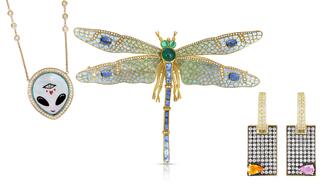
In its annual report, Pinterest noted an increase in searches for brooches, heirloom jewelry, and ‘80s luxury.
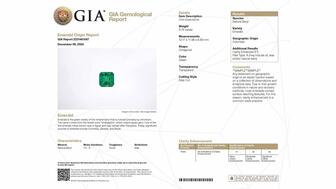
Starting Jan. 1, customers can request the service for opal, peridot, and demantoid garnet.
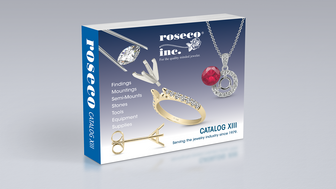
Roseco’s 704-page catalog showcases new lab-grown diamonds, findings, tools & more—available in print or interactive digital editions.

The 111-year-old retailer celebrated the opening of its new location in Salem, New Hampshire, which is its third store in the state.
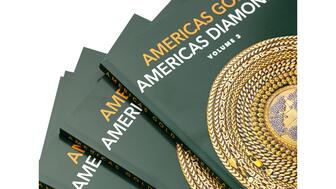
The new catalog features its most popular chains as well as new styles.

The filmmaker’s personal F.P. Journe “FFC” prototype was the star of Phillips’ recent record-setting watch auction in New York.

The new location in the Design District pays homage to Miami’s Art Deco heritage and its connection to the ocean.

Inflations, tariffs, and politics—including the government shutdown—were among consumers’ top concerns last month.
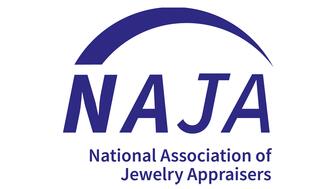
“Longtime favorite” presenters, as well as first-time speakers, will lead talks and workshops at the annual event in Tucson next year.
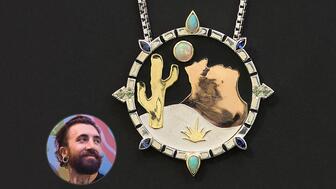
Silas Smith of Meridian Metalworks won the challenge with his pendant that blends Australian and American landscapes.

The sale of the 31.68-carat, sunset-hued stone was part of Sotheby’s first series of events and auctions in Abu Dhabi.
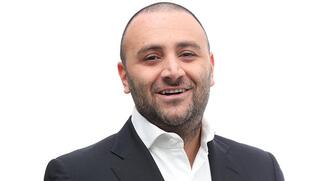
Most customers who walk into your store this month have made up their minds. Your job is to validate their choice, Emmanuel Raheb writes.

The collection features characters and motifs from Ukrainian folklore, including an enchanted mirror and a magic egg.

MatrixGold 3.11, the newest version of the jewelry design program, offers more flexibility, precision, and creative control.

The pavilion will be part of the 2026 JA New York Spring show, scheduled for March 15 to 17.

Kadet, a 1994 National Jeweler Retailer Hall of Fame inductee, helped grow the family-owned retailer in the Chicago area and beyond.

Billed as the world’s smallest wearable, Lumia Health’s new smart earrings have a health tracker subtly embedded in the back.
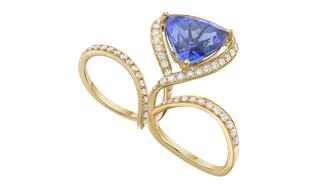
Don’t let those with December birthdays feel blue. Help them celebrate their month with blue zircon, turquoise, and tanzanite.

The new pink sapphire version of the piece dances with its wearer in the brand’s “Icons After Dark” holiday campaign.

A choice that’s generated a lot of commentary, Pantone says “Cloud Dancer” marks a fresh start and encourages relaxation and creativity.
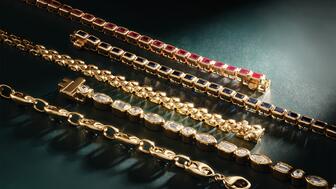
The manufacturer’s holiday campaign features a gift guide filled with trending designs and jewelry that can be personalized.
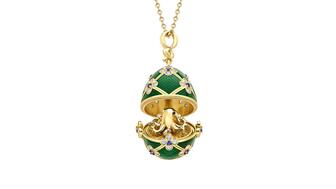
The man was charged with theft, accused of ingesting the necklace while in a jewelry store in Auckland, New Zealand.









